Whether you are a violin student or a violin music enthusiast, I believe there are some facts about the violin that you will find interesting. In this post, I’ve collected twelve of them and I hope you’re curious to know them. Let’s get started!
The Most Interesting (and Fun) Facts About the Violin
1. Animal guts and the violin: what do they have in common?
There was a time when violin strings were not always made of synthetic materials nor were they solid steel-stranded metals like they are today. In fact, it used to be standard that violin strings were made from animal intestines (from sheep gut, specifically). These types of strings are called ‘catgut’ strings and while they are definitely made from guts, string makers never used cat guts.
If you want, you can buy a set and try them out because they are still in production but be prepared for a high bill. They sound similar to the metal strings we use today but catgut strings have a much richer and more pure sound.
The strings most commonly used today are solid stranded steel or various other materials and are also sometimes plated with silver or gold. Click here to read more about violin strings and what they are made of.
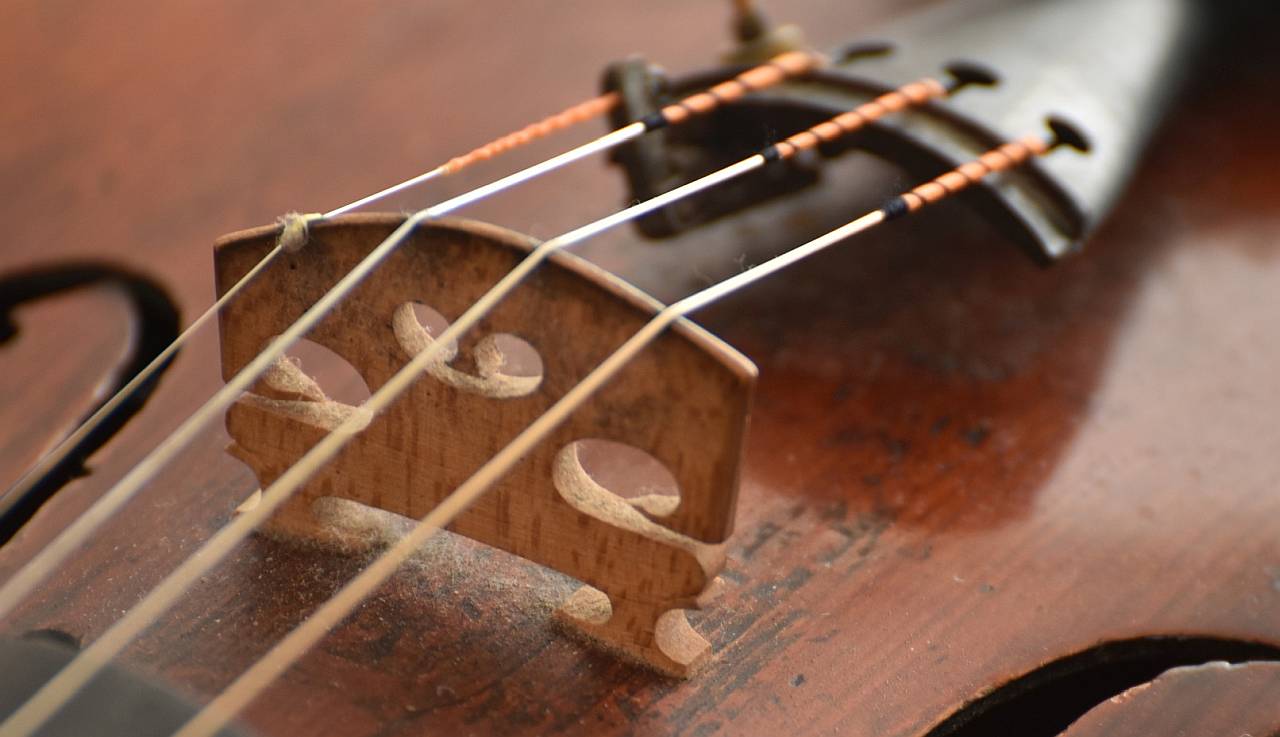
2. It’s a fiddle, not a violin!
Have you ever been wondering what is the difference between a fiddle and a violin? If you think it’s the same instrument, you’re correct!
Now most often fiddle is associated with folk music and American bluegrass, but it wasn’t always the case. Back in the day also classical musicians used it. For example, Mozart’s father (Leopold) in his book about violin playing referred to the violin as a fiddle!
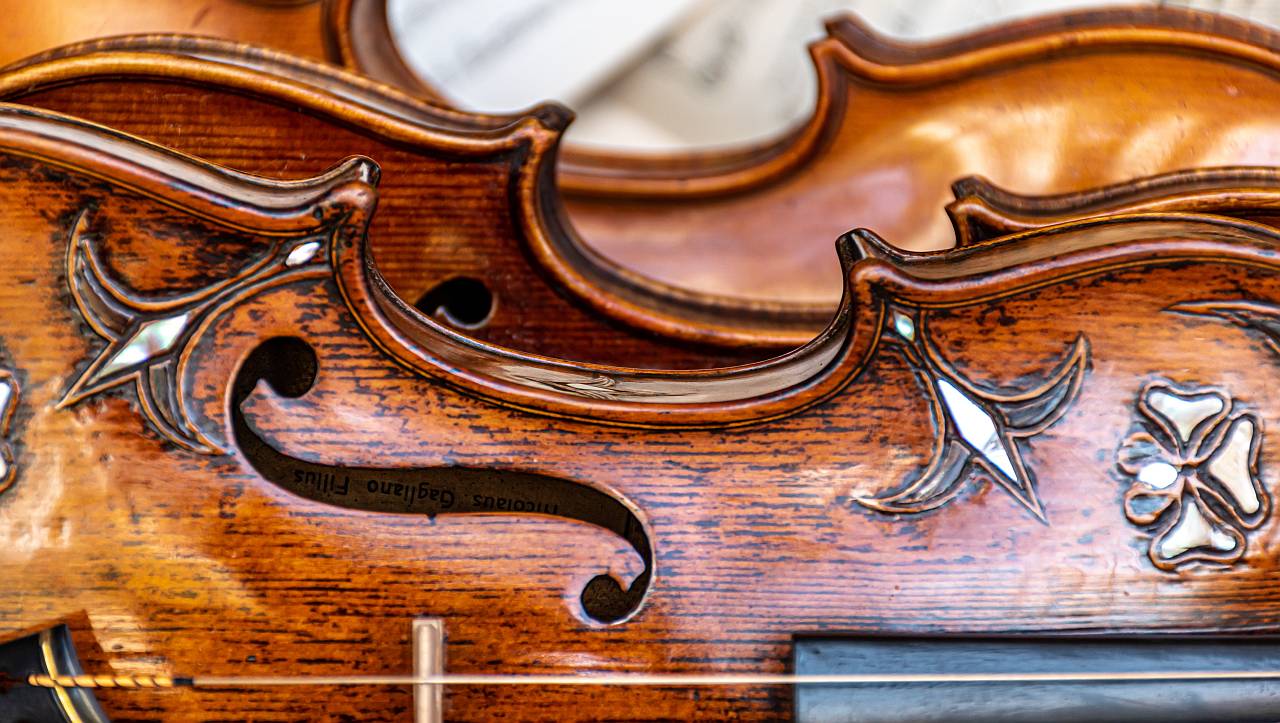
3. The violin is nearly 500 years old
That’s right, the violin we play today was developed nearly five centuries ago by famous luthiers Andrea Amati, Antonio Stradivari, and Giuseppe Guarneri. These violin-making rivals created the instrument that after some adjustments became what we know as the modern violin. Their original instruments are some of the most expensive violins in the world! Luckily, you don’t need to spend millions of dollars to play an instrument that is similar to what soloists play today.
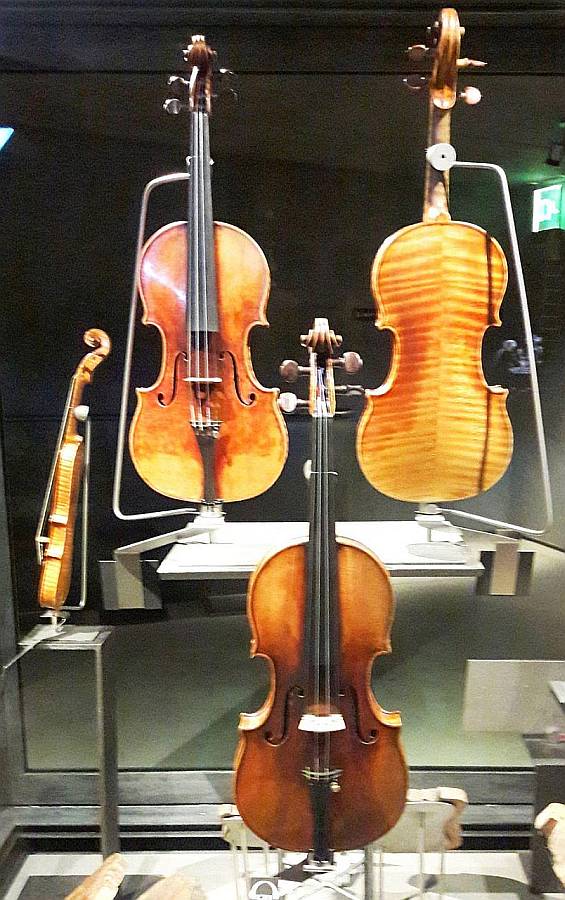
Check out my article about violin history to learn more.
4. The modern violin was being developed in the same city for centuries
To continue from above, the modern violin we all know and recognize today was pioneered in the city of Cremona, Italy beginning in the 16th century and continued to be developed in that same city for 500 years.
It’s an interesting piece of history to know that violin making and violins basically developed from the same city since the instruments came into existence! Certainly, there are many places around the world that produced violins, but Cremona is considered the home and origin of the violin.
5. The worlds smallest & biggest violin
Did you know that the world’s smallest violin measures one centimeter long (0.4 in)? The instrument was created by Chen Lianzhi (from Guangzhou, China) and the strings of the instrument are so thin that it is impossible to play on.
The world’s largest violin took fifteen makers from the Vogtland Masters of Violin and Bow Making in Markneukirchen, Germany to produce an instrument that is fourteen feet long (4.3 m), four-and-a-half feet wide (1.4 m). The bow is seventeen feet long (5.2 m) and the German company now holds the Guinness World Record for biggest violin! Have a look at this giant violin in the video below:
6. The word ‘violin’ comes from…
The word we used to describe our four-stringed instrument actually comes from the medieval Latin word vitula, which was a reference to the goddess of joy before becoming the modern word for a female calf. Eventually, the Latin word vitula becomes fides/fidula, then violin and fiddle, respectively.
So if you want to call your instrument the fiddle (like Mozart and his father might have) then now you have some evidence that supports your reasoning!
7. Your total comes out to 16 million dollars, will that be cash or credit?
Yes, the world’s most expensive violin sold for 16 million dollars in 2010. That record has already been broken and actually, the newest most expensive violin in the world is estimated to cost 20 million dollars, and it is named “The Messiah” by Italian violin maker Antonio Stradivari.
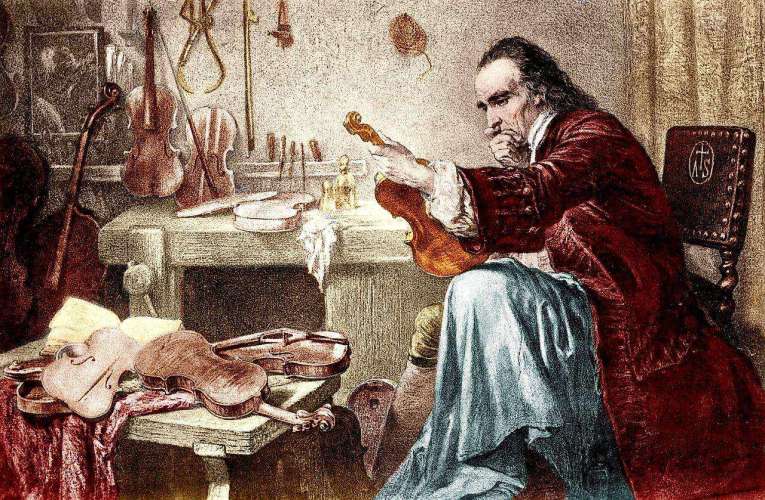
In the 21st century, the violin has become very popular and very expensive. It’s a good thing that not all violins cost this much money. Good violins can range in price from 500 US dollars up to the millions.
8. The violin family: it’s huge
The violin is actually a part of a bigger string instrument family. The family is made up of various kinds of stringed instruments, including the viol family and the violin family next to various types of lutes, zithers, lyres, and harp.
The other most easily recognized instruments from the string family are the violone, the viola da braccio, and the violoncello.
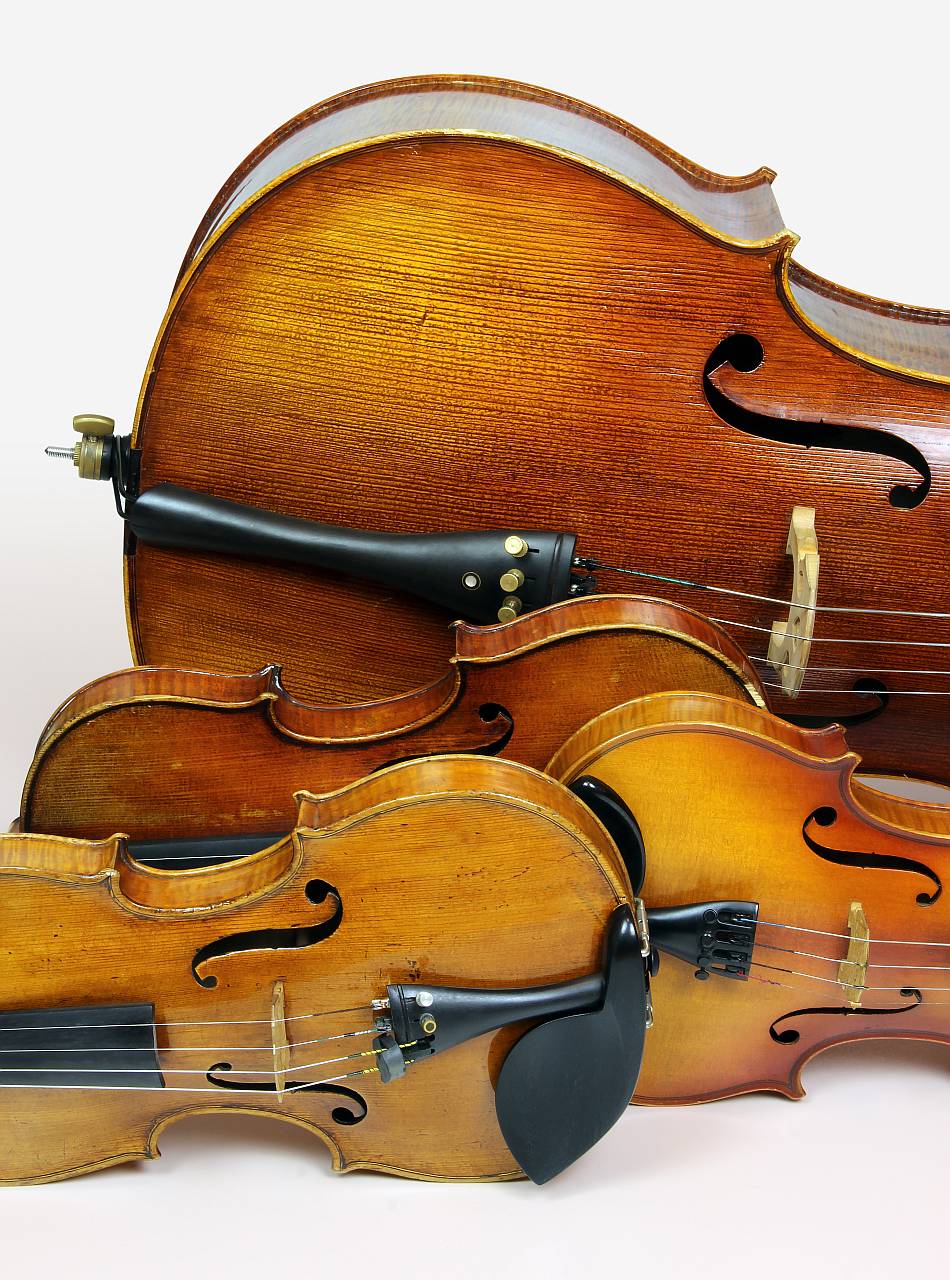
9. Playing the violin burns calories
When playing the violin – you might have never guessed – you are getting in a light workout!
Violinists will typically burn 170 calories per hour when playing their instrument which is about the same calories burned as taking a slow, one-hour walk.
Classical music and musical instruments are not typically seen as an exercise, but playing violins require a lot of small muscle movement from both the left hand and right hand. If you’ve ever played the violin, you know what I mean: it’s an “easy workout”, but it’s still bringing results! 170 calories per hour is a time well spent, and enjoyable too.
10. 200 horse hairs, please
In every violinist’s bow, there are (typically) 150-200 strands of rosin-covered horsehair. Violin bows need horse hair in order to make the string vibrate and produce sound.
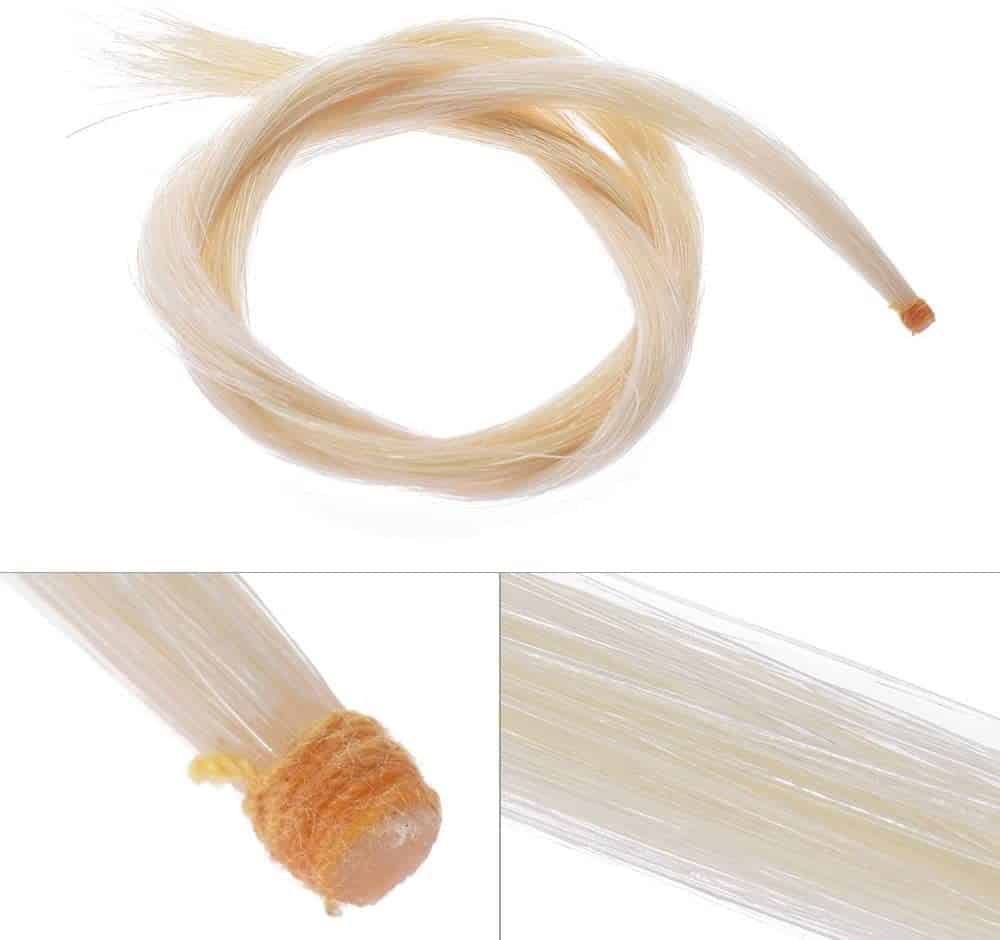
Every once in a while when playing the violin, we will lose a hair or two. It is a good thing that there are ca. 200 hairs to spare, otherwise, we might need to have several horses around.
If you’d like to know when is the right moment to rehair your bow, check out this post.
11. The violin: a Swiss watch made of wood
There are about 70 wooden pieces that are required to create a violin. Most typically, they are made from spruce or maple wood.
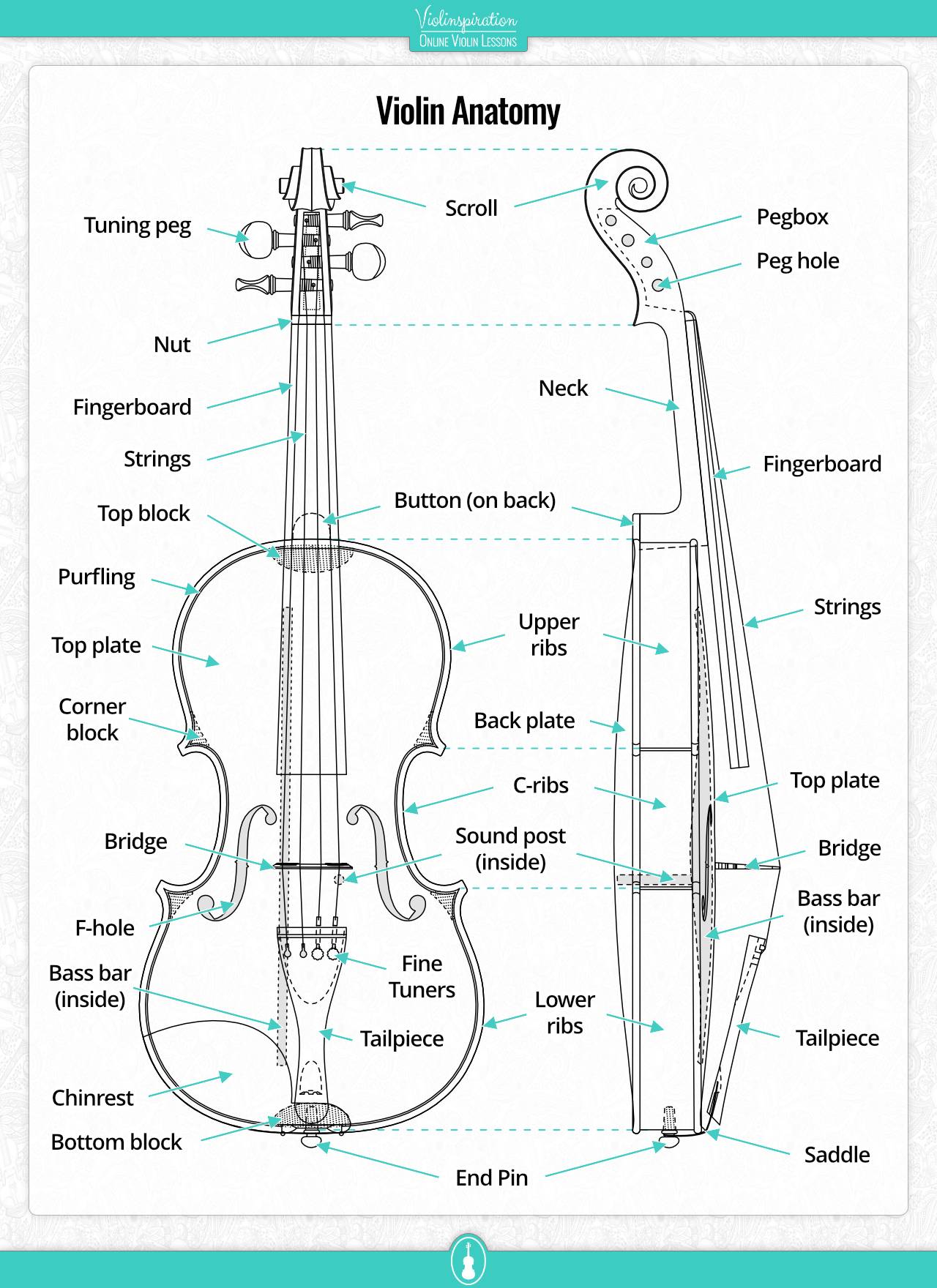
Except for the wooden parts in different shapes and sizes, what makes the violin become one single instrument is the glue. The reason this is one of the most surprising violin facts is that it is not just any sort of glue, but it is a special glue made of fish, horses, or rabbits (skins and tendons are used).
12. The Titanic and its musicians
While the RMS Titanic was tragically sinking in 1912 after striking an iceberg, the first violinist and leader of the ship’s music ensemble, 33-year-old Englishman Wallace Hartley, decided he and his ensemble would play music to keep the passengers aboard calm. We cannot know for certain which their last piece of music was that they performed, but many survivors from the Titanic recall the ensemble playing “Nearer, My God, to Thee” as the ship was sinking.
Final Note
There are also many other interesting facts about the violin. For example, did you know the violin was used to play folk music before it became known as the classical instrument it is today? The list could go endless, so I’m stopping here but feel free to add in the comments section below the facts about violin that you find the most interesting or funny!
























